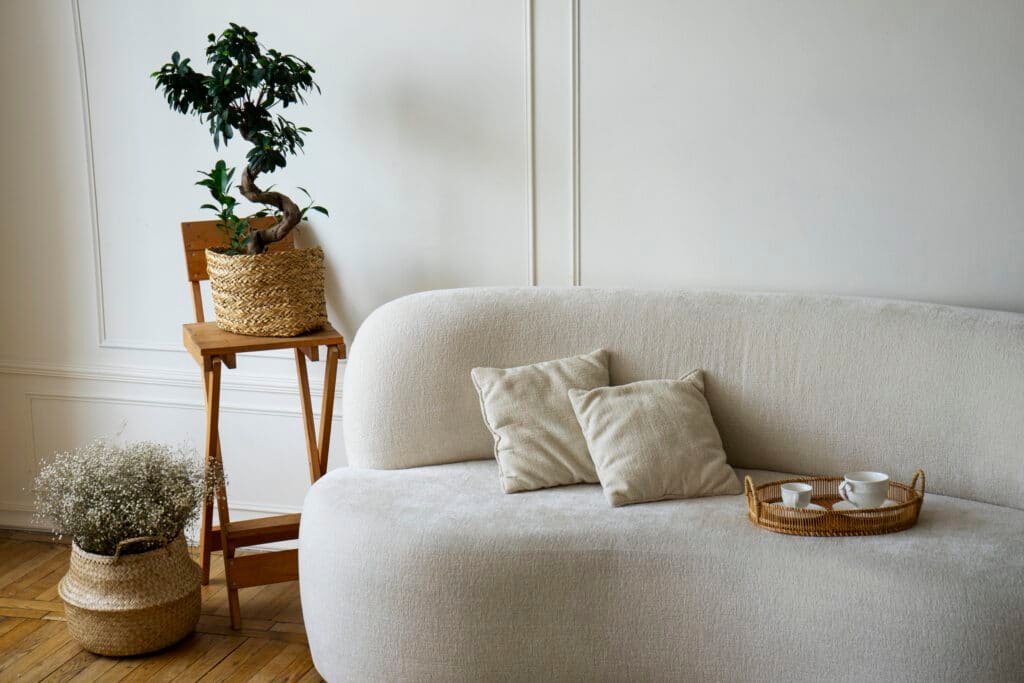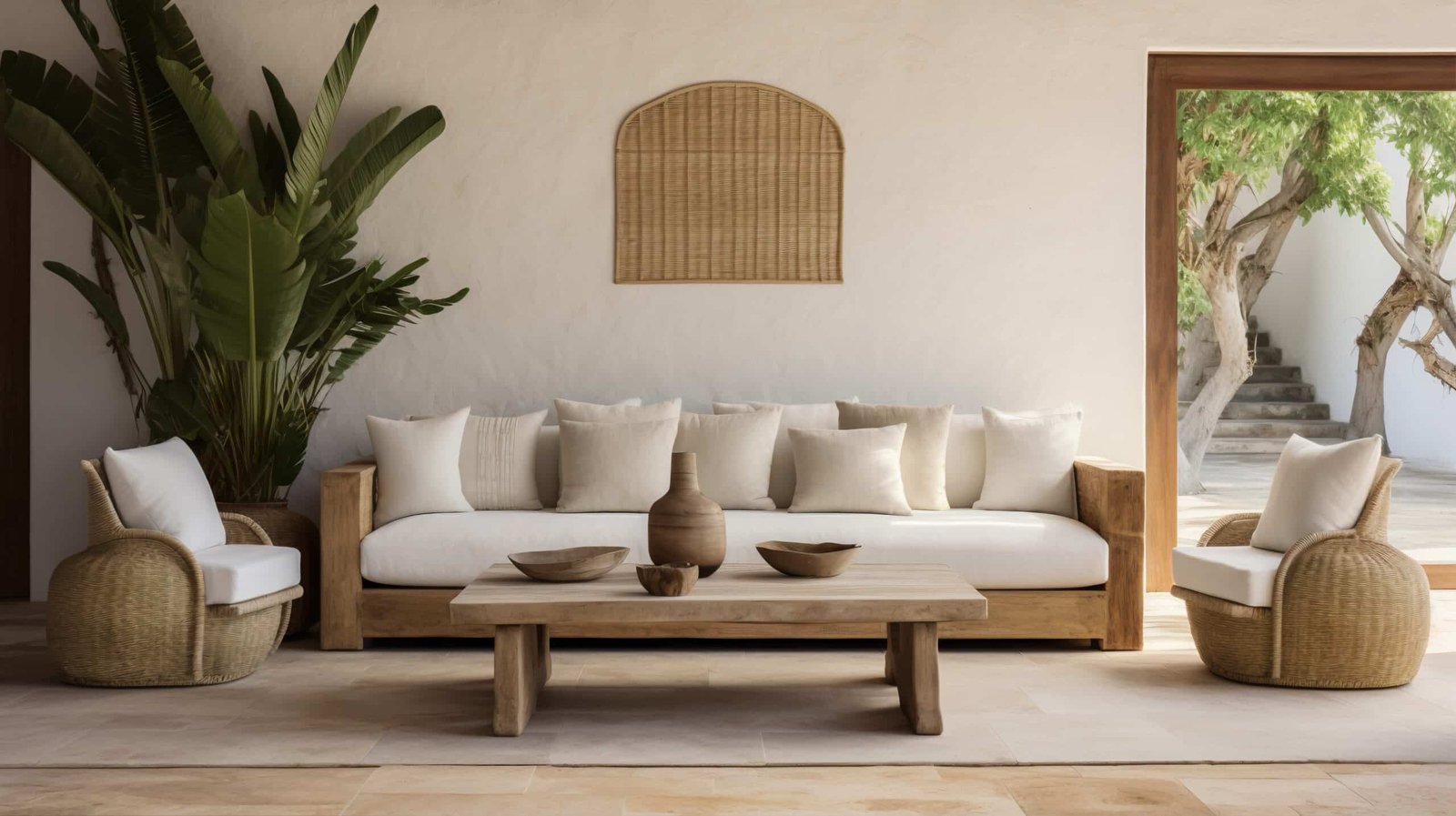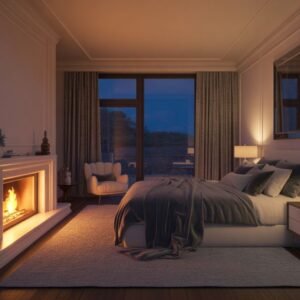Have you ever wondered why Nordic furniture has that effortless cool factor that seems to make any room look like it’s straight out of a design magazine? There is something magical about how a simple Scandinavian chair or a sleek coffee table can transform a space with just a touch of understated elegance.
From the cozy minimalist charm of a Danish living room to the clean, modern lines of a Swedish kitchen, Nordic furniture makes a space feel chic and inviting. It’s like a complete Scandinavian package that makes you feel at home, which is both stylish and serene. In this article, we have discussed the evolution of Nordic furniture and modern Nordic-style furniture. Read this article till the end to discover some lesser-known facts about Nordic-style furniture.
Evolution of Nordic Furniture

The evolution of Nordic home furniture is a beautiful blend of historical influences, cultural values, and design principles. Here’s how we have penned down the beautiful evolution of Nordic-style furniture:
Early Beginnings
Before the 20th Century, local craftsmanship and natural materials heavily influenced Nordic furniture design. Traditional pieces were often functional, simple, and robust. They were made from wood, stone, and leather. The furniture designs were largely influenced by rural life and practical needs, focusing on durability.
Early 20th Century
During the 1900s-1930s, the world shifted towards more modern furniture designs in Nordic countries. The shift mainly influenced movements like Arts and Crafts and European emerging modernist trends. The furniture at the time was mainly experimental pieces, where designers played with sleek and clean lines and simpler forms.
Mid-20th Century
During the 1930s-1960s, influential designers like Alvar Aalto, Arne Jacobsen, and Hans Wegner came up with simplistic designs of mid-20th-century Nordic furniture made from natural materials like wood, textiles, and leather. Also, the furniture featured minimal ornamentation and focused on only the essential design elements.
Late 20th Century
During the 1970s-1990s, Nordic design furniture gained global recognition. The Nordic furniture design principles became synonymous with minimalism and functionalism.
21st Century
Nordic furniture designs showcase sustainability, strongly focusing on sustainable materials and processes. Wood is still a popular choice for Nordic furniture. However, experiments have also been conducted with other materials and technologies. Furthermore, the modern designs of Nordic furniture focus mostly on comfort and flexibility.
Modern Nordic Style Furniture

Modern Nordic style furniture is also termed as the Scandinavian furniture style. This style is primarily characterized by simplicity, functionality, and elegance. Here’s is an overview of the key aspects of modern Nordic-style furniture:
- Simplicity and Minimalism: Modern Nordic furniture is identified by its clean lines and uncluttered forms. The design approach of this style is ‘less is more,’ focusing on only the essential features without unnecessary embellishments.
- Practical Design and Ergonomics: Practicality is the central focal point of Nordic furniture. The pieces are designed to be functional and versatile, incorporating multiple uses or features that enhance everyday living. These furniture are not only good looking but also ergonomically designed to ensure maximum comfort.
- Use of Natural Materials: In Nordic-style furniture, materials like wood remain constant. Light-colored woods like ash, oak, and beech are popular for their warm and inviting qualities. Natural fibers and textures are also used in Nordic furniture as they complement wood well.
- Color Palette: Neutral tones are typically observed in Nordic furniture, for example, whites, greys, beiges, and muted pastels. These colors help to create a serene and cohesive look. However, subtle pops of color might be introduced occasionally through accessories or accent pieces to add interest without overwhelming the space.
- Craftsmanship and Quality: Modern Nordic furniture emphasizes high-quality craftsmanship and attention to detail. This includes precise joinery, durable finishes, and thoughtful design elements. Also, there is a growing emphasis on sustainable practices, including using eco-friendly materials and processes.
In conclusion, Nordic furniture design embodies a timeless elegance rooted in simplicity, functionality, and a deep respect for natural materials. Its evolution from traditional craftsmanship to contemporary innovation reflects a commitment to creating beautiful and practical spaces. By embracing minimalist aesthetics and sustainable practices, modern Nordic furniture continues to influence and inspire design enthusiasts worldwide.





